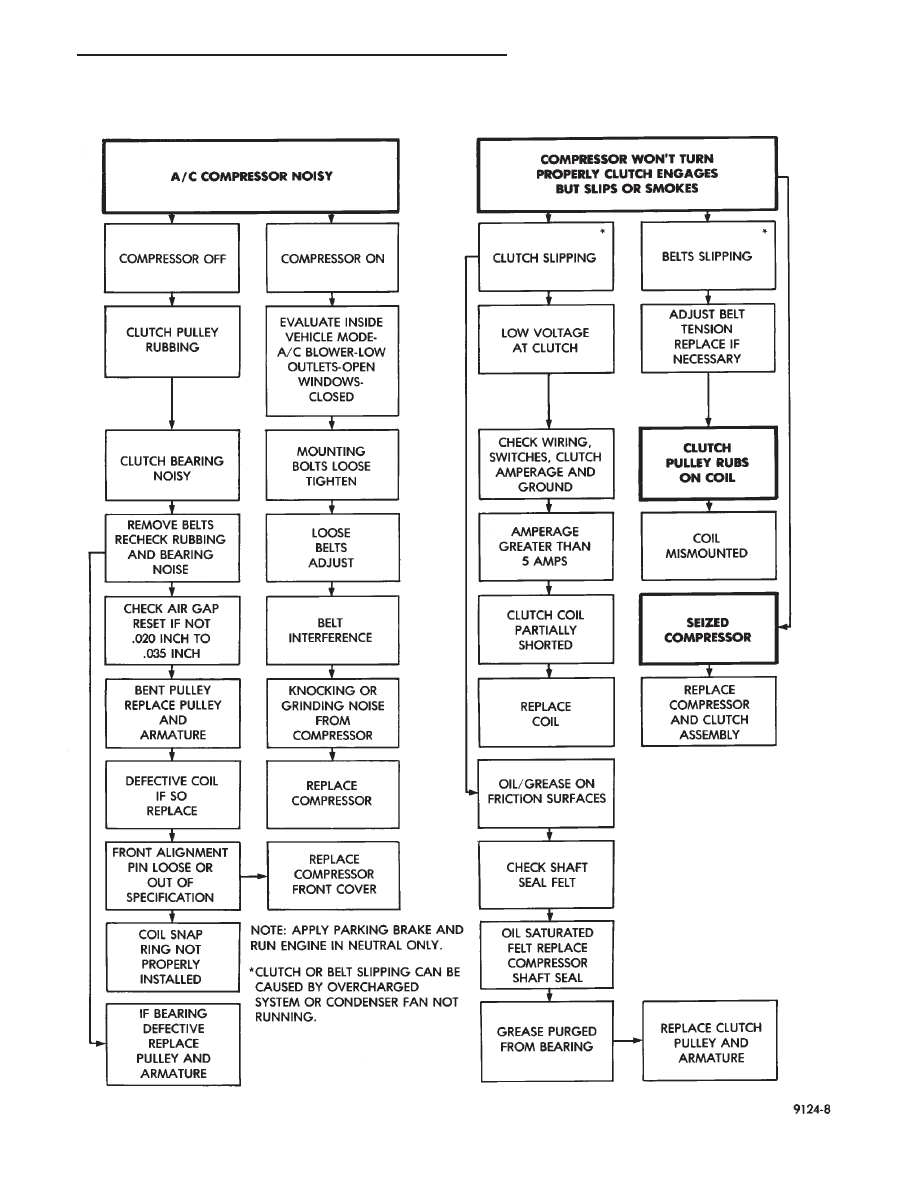Chrysler Town & Country/Voyager, Dodge Caravan, Plymouth Voyager. Manual - part 128

COMPRESSOR NOISE AND COMPRESSOR CLUTCH DIAGNOSIS
.
HEATING AND AIR CONDITIONING
24 - 7
Index Chrysler Chrysler Town & Country/Voyager, Dodge Caravan, Plymouth Voyager - service repair manual 1992 year
|
|
|

COMPRESSOR NOISE AND COMPRESSOR CLUTCH DIAGNOSIS . HEATING AND AIR CONDITIONING 24 - 7 |